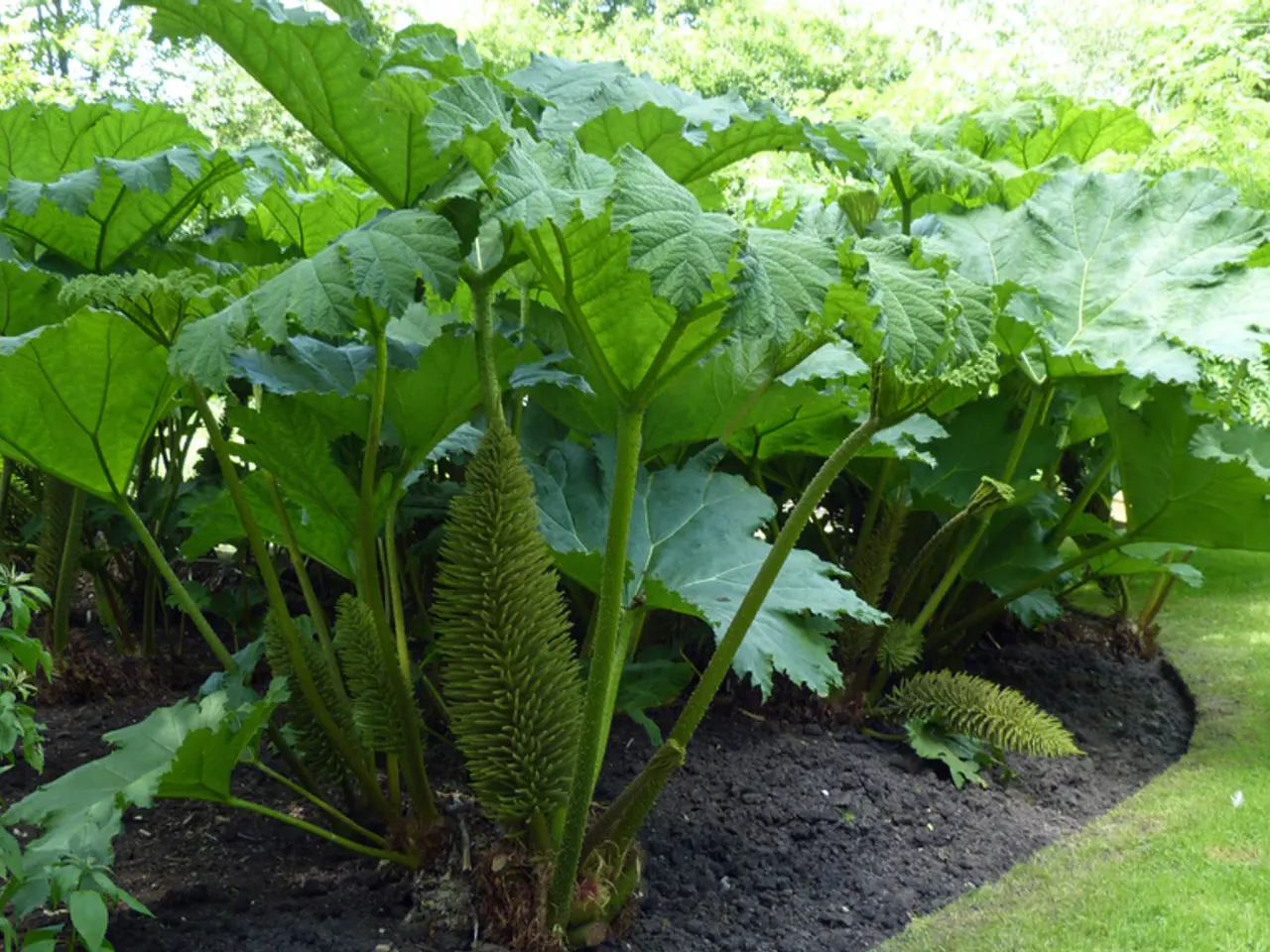Unveiling the Hidden: Decoding the Nutritional mysteries of Plants' Earthly Home
Soil, the loose surface material covering most of the Earth's land, is more than just a substrate for plants. It plays a pivotal role in supporting plant life, providing essential nutrients, water, and structural support. The structure of soil, in particular, significantly impacts plant growth, influenced by various factors that include climate, organisms, geology, time, soil pH, grazing practices, and erosion.
**Factors Affecting Soil Structure**
1. **Climate**: High temperatures and humidity, as found in tropical regions, accelerate weathering and decomposition, leading to nutrient-rich soils. Conversely, low rainfall in arid climates can result in dry, nutrient-poor soils.
2. **Organisms**: Plants, animals, and microorganisms play a crucial role. Plants contribute organic matter, while soil fauna like earthworms improve aeration and nutrient distribution. Microorganisms decompose organic matter, enhancing soil fertility.
3. **Geology**: The composition of the parent material affects soil structure and nutrient availability.
4. **Time**: The duration of soil formation processes impacts its development and maturity.
5. **Soil pH**: Soil pH affects nutrient availability and microbial activity, critical for healthy soil structure.
6. **Grazing Practices and Erosion**: Grazing and erosion can alter soil physical structure, affecting its stability and fertility.
**Impact on Plant Growth**
- **Nutrient Availability**: Soil structure influences nutrient availability. Well-structured soils facilitate better nutrient uptake and water retention.
- **Water Holding Capacity**: The soil's ability to hold water is crucial for plant hydration and nutrient transport.
- **Root Growth**: Soil structure affects root development and access to nutrients. Poor structure can limit root expansion and plant stability.
- **Microbial Activity**: Soil microorganisms play a vital role in nutrient cycling and disease suppression, impacting plant health.
- **Aeration**: Proper aeration is essential for root growth and microbial activity, enhancing overall plant health.
Understanding these factors is critical for optimizing soil conditions to support healthy plant growth. Soil organic matter contributes to stable soil aggregates by binding soil particles together. Soil colour can provide clues about the drainage characteristics of the soil, with well-drained soils appearing brownish and poorly drained soils appearing gray.
Moreover, soil microorganisms, including bacteria, fungi, actinomycetes, and others, aid in the decomposition of organic matter, improving soil structure, drainage, and aeration. They also recycle dead plant matter into forms of nutrients that can be used by plants, a process known as saprobiont.
Legumes, for instance, can establish a symbiotic relationship with bacteria of the genus Rhizobia, which convert nitrogen from the air into ammonia, a source of nitrogen that plants can use. This symbiotic relationship is a testament to the complex and interconnected nature of soil ecosystems.
In summary, soil structure is a key determinant of plant growth, influenced by factors such as climate, organisms, geology, time, soil pH, grazing practices, and erosion. By understanding these factors, we can work towards optimizing soil conditions to support healthy plant growth, ultimately contributing to a more sustainable and productive agricultural system.
- The role of soil structure in plant growth is also significant for human health-and-wellness, as nutrient-rich soils can produce healthier, more resilient plants that serve as dietary sources of essential nutrients.
- Fitness-and-exercise can indirectly benefit from optimal soil structure, as beneficial soil microorganisms play a crucial role in nutrient cycling, which impacts the nutritional content of plants, affecting both human and animal diets.




